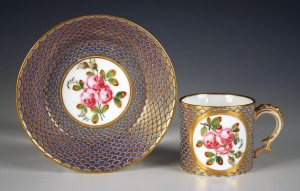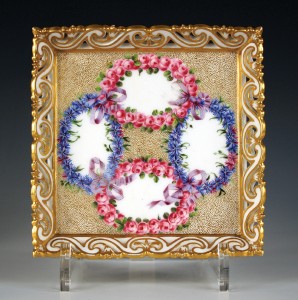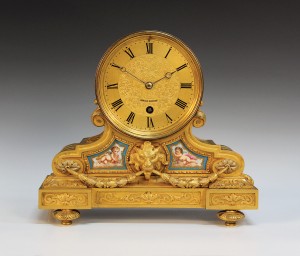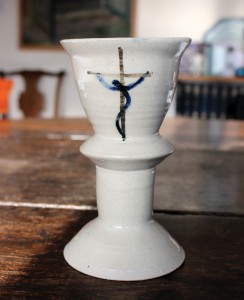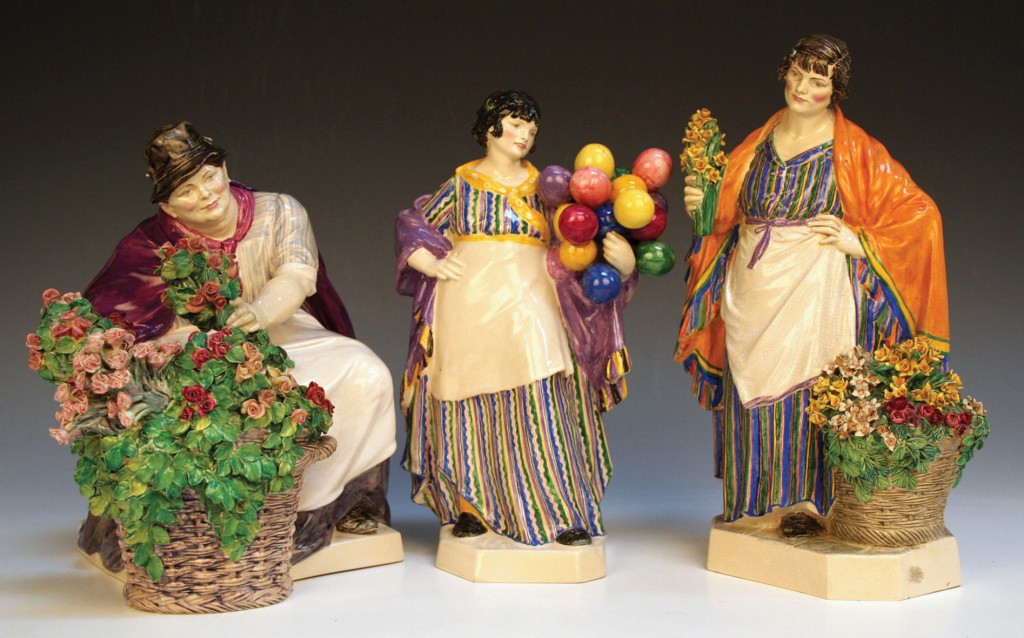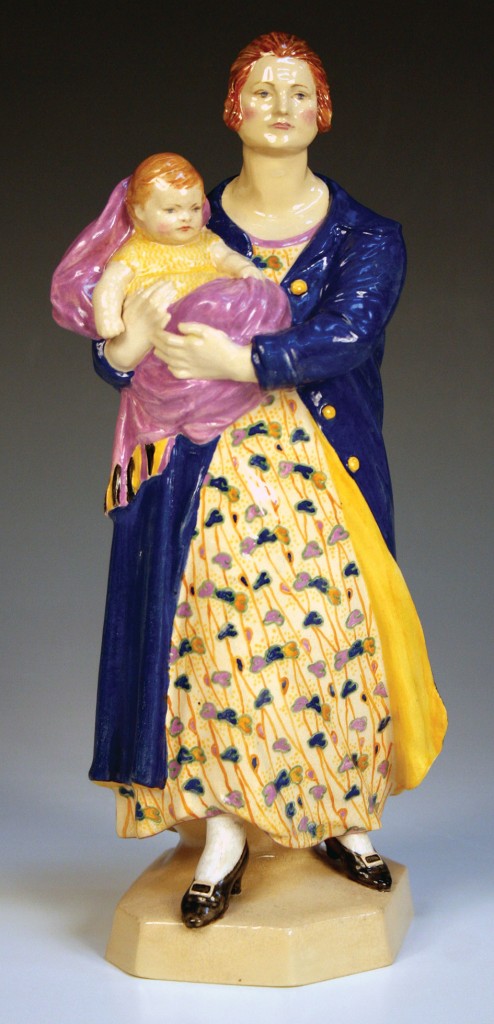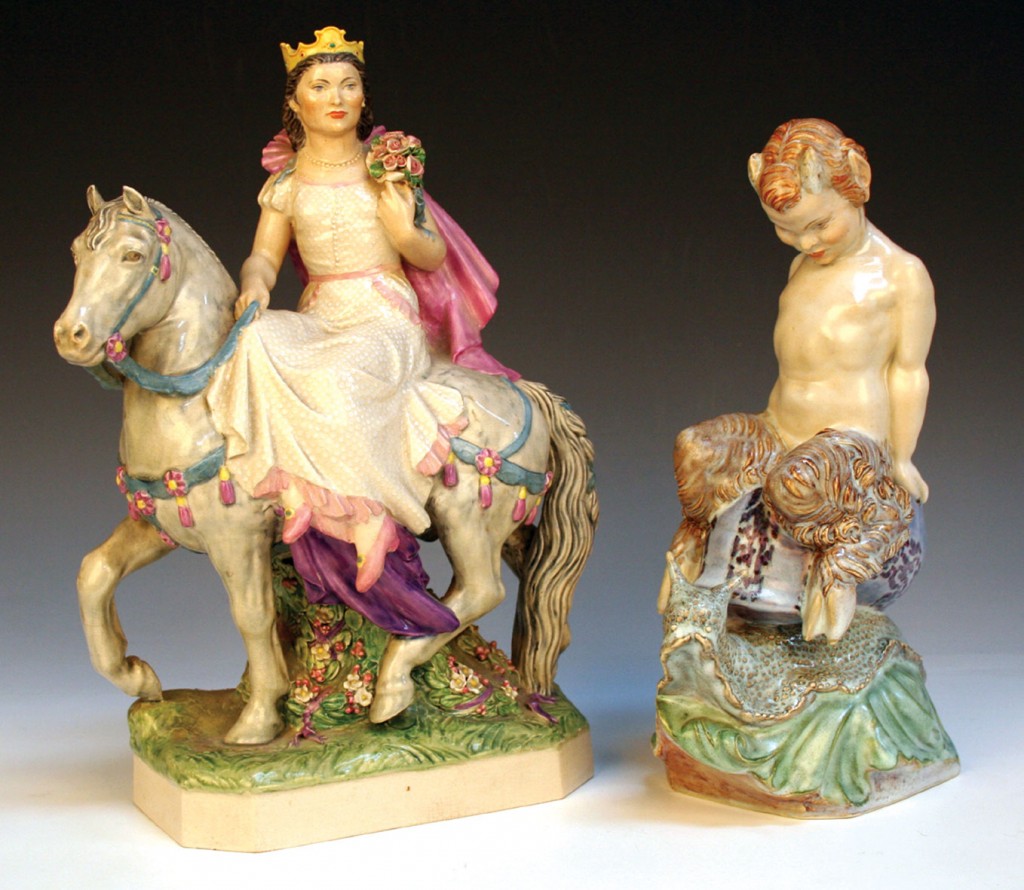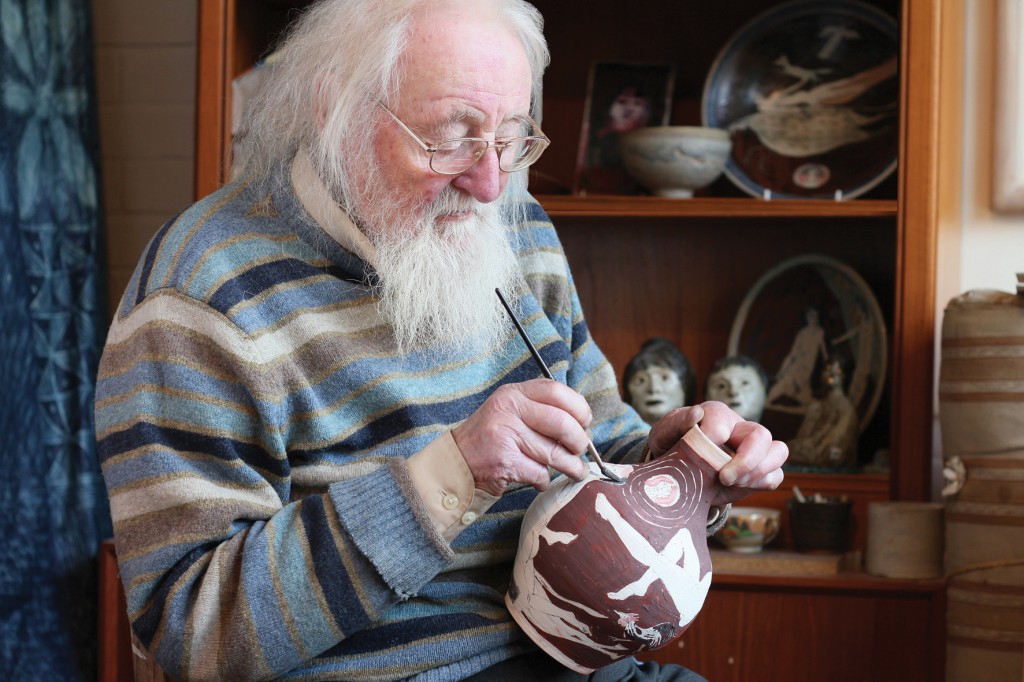
Lots 1549 to 1597 in our forthcoming auction of British & Continental Ceramics & Glass are from the personal collection of the internationally acclaimed, Sussex-based ceramic artist, painter, printmaker and educator Eric James Mellon, who died on 14th January this year.
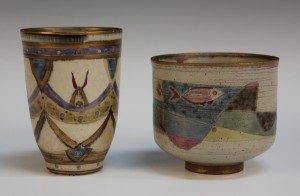
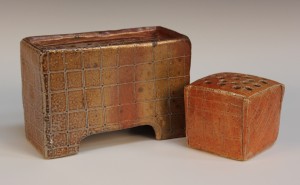
Eric was born in Watford, Hertfordshire, in 1925. At the age of 13 he won a place at Watford Technical and Art Institute, where he studied until 1944, also attending weekend classes at Harrow School of Art. From 1944 to 1947 he studied at the Central School of Arts and Crafts, London. In the early 1950s he set up an artistic community at Hillesden, Buckinghamshire, with fellow artists Derek Davis, John Clarke, Mary Mansfield, Ruth Lambert and his wife-to-be, Martina Thomas. Eric married Martina in 1956 and they moved to Bognor Regis, West Sussex. He set up his pottery at their home in 1958 and there he worked for the next fifty-six years. Always an enthusiastic and generous teacher, Eric ran summer art schools for some thirty years in Cornwall and at Slindon College, West Sussex, where he was head of art for twenty years. Eric Mellon’s work has been exhibited around the world and is held in many public collections, including the Victoria & Albert Museum, London, and Pallant House Gallery, Chichester.
The collection includes two Pablo Picasso white earthenware dishes, and works by Josse Davis, Kitty Shepherd, Ursula Mommens, Bernard Forrester, Seth Cardew, Phil Rogers, Clare Sutcliffe, Yolande Beer, Denis Moore and others.

